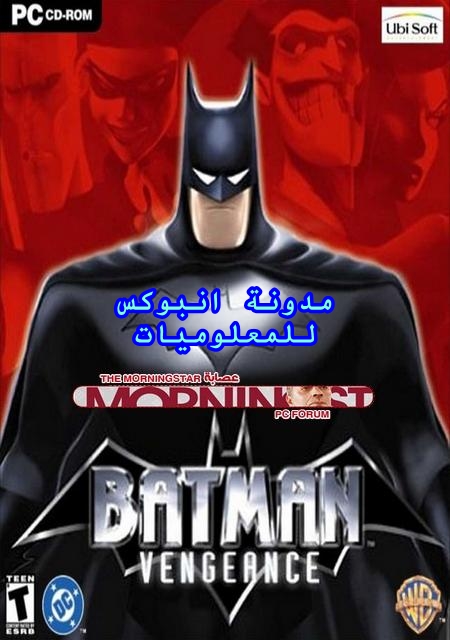
It also included some interactive features, with videos to download and a message board where fans could post about Batman (or anything they wanted).

It showcased cutting edge hacks and modern techniques, like full screen backgrounds, which had just been introduced in Netscape. The site mixed functional design, witty copy and unique typography and images (pictured above). With Buckley’s approval, they unleashed to the world. A sort of demo of what could be done with the web medium, and a leap forward for the still incredibly young field of web design. They emerged with a website that would act as a beacon for web designers everywhere. Zeldman and Pollak grabbed their colleague Steve McCarron to help out. For a few months, the trio locked themselves in an office and tried stuff out, piecing it together as they went along. Hotwired almost assuredly acted as inspiration for the Batman Forever design team. But even from the day of its launch, the website set the bar pretty high for both designers and brands. Hotwired became known for a lot of firsts, and it was not uncommon to see a redesign every year. They used image maps to lay things out in a grid-like structure, and when the browsers forced styles on them, they embraced it. It featured iconography from designer Max Kisman that filled out the navigation. But what they put together was bold and ambitious.

All the Hotwired team had was a few browser specific tags and the natural flow of the web medium to go off of. Keep in mind, this was before CSS could style elements, or tables could force them into place. From the start, Hotwired had a fresh and unique design. A web presence for Wired magazine, the site launched in October of 1994. Hotwired was one of the earliest examples of great design on the web. But almost as soon as there was a web to design for, site owners began to experiment. Good design demanded quite a bit of attention and effort. And they would figure this out.įor the web, it was still early days and browsers were limited in terms of layout and design options. Still, there was only one answer that made sense to them. They had been tinkering with the web a bit, but had never worked on a project of this level. Initially, Zeldman and Pollak were hesitant. He wanted a website built for his employers new film, Batman Forever. Even in 1995, Buckley understood the value of the web and its ability to connect the Batman franchise to fans around the world. Pictures came to their offices with a request. Not long after that, Don Buckley of Warner Bros. It was Alec Pollak who first showed him the web while working there.

But Zeldman started his career in advertising, and wound up at Grey Entertainment in the mid-90s.

He’s often referred to as the godfather of the web, and in the early 2000’s he was a major force behind the Web Standards Project. You may have heard the name Jeffrey Zeldman before.


 0 kommentar(er)
0 kommentar(er)
